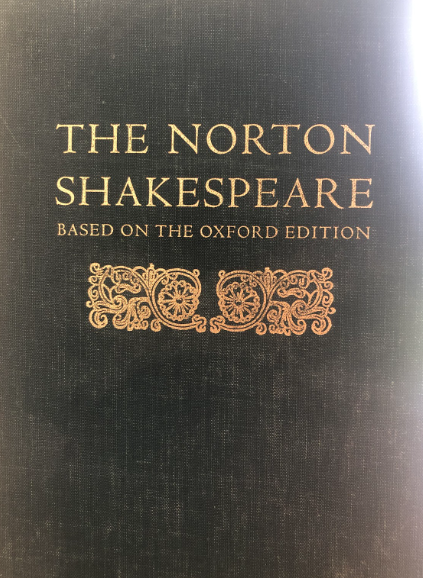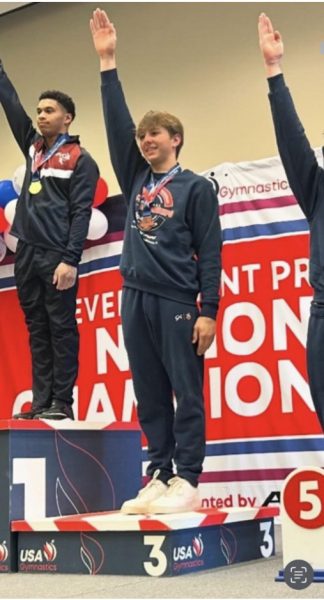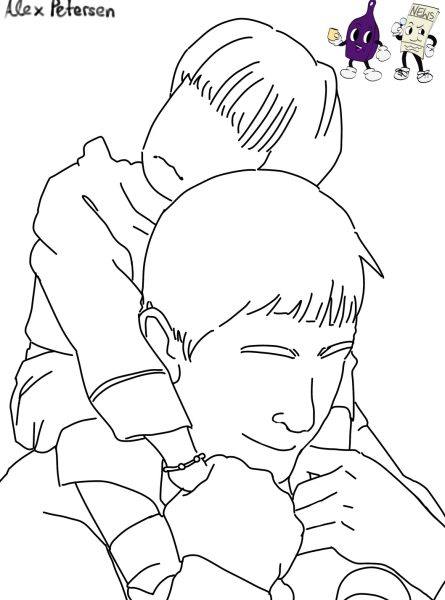WAS A CLASSICS-BASED CURRICULUM EVER GOING TO BE DIVERSE?
The importance of classic novels in English education combined with the need for diverse literature

The ultimate canon in classic literature
The curriculum for many English classes across the United States involves a large percentage of classic novels, which have been in the English curriculum for decades. In recent years, whether we should keep classics in the curriculum or if they should be replaced with more diverse literature has become heavily debated.
There are many factors that contribute to this debate. Some examples are as follows:
- The longstanding reputation of classic novels
- A push for diversified literature in classrooms
- How well certain lessons of morality withstand the test of time
- How effectively new novels can teach the same lessons
The biggest argument to replace classics in the curriculum is that in the current system most if not all of American students’ English reading career only involves novels written by white men. Students would benefit from new perspectives in literature written by women or authors of color.
The opposing argument is that classics like Catcher in the Rye, Romeo and Juliet, The Great Gatsby, etc. hold up long after they were written and can teach students about the past as well as provide strong moral lessons.
To understand either side of this debate, one should first understand what earns a book the title of a classic.
According to ThoughtCo.com, the definition of a classic can also be a debated topic, but there are a few vague rules that seem to be agreed upon. A classic should be relevant to current generations and stay relevant, it should have a level of artistic quality to it, have a universal appeal, and give the reader the ability to make connections to real life situations or historical events (ThoughtCo.com). Now, maybe there are variances on any of these “requirements” depending on the novel, but for general purposes those are the qualifications for a book to be called a classic.
Now that we have a loose definition to put to the term classic, we can come to understand why some advocate for their importance in the curriculum and others the opposite.
In an interview with The Guardian, English teacher Sally Law gave many reasons as to why she believes that classics belong in the English curriculum. She argued that teaching classic literature in today’s classrooms may be more pertinent today than ever before. In response to a classic British children’s book being replaced due to dated language she had this to say, “From the linguistic perspective, studying classic literature from the Western canon (Shakespeare, Dickens, Orwell and so on) affords students of English the opportunity to understand, analyse and evaluate language quite different from their own.”
Law believes that reading classics that are phrased in older types of English can help students to understand where the current day language originated from. She also thinks that this can help expand student creativity and build complex critical thinking skills. Law also made the point that learning from one’s mistakes helps to keep them from being repeated, and that by reading the lessons and morals taught in classics students can help perpetuate a better world than the one addressed in aged novels.
Now, on the other side of this argument is the want for more gender and racially diverse works of literature in the standard English curriculum.
White men did not
Seventeen
historically write better novels;
they were historically given
better access and
appreciation for what
they wrote.
It would seem that students are feeling the lack of representation in the text they read in school. Multiple young women from sources like Seventeen and The Stanford Daily noted only small fractions of their high school reading careers contained books written by women or people of color. Some students around the country even recorded having read zero books written by female authors (Seventeen).
College Freshman Elie Bennett noted that she could not relate to the literature she was required to read in high school “‘I’ve never been assigned a book with a black female protagonist,’ she explained. ‘I don’t know what it feels like to be a part of the literature I study…”. Bennett felt she learned to fill the shoes of a white man through her high school curriculum, but a reciprocated experience was nowhere to be found for her white classmates who did not read racially diverse literature.
Seventeen also argues that by continuing to read classics primarily written by white men that we are not recognizing the perspective of bipoc people in our history. They think that we are only teaching one view on complex historical events (Seventeen).
The Stanford Daily also argues that by explicitly teaching white written classics students of color are led to believe that those books are the only version of good literature. They also note that students of color are more interested in books written by authors of color or books that feature protagonists from varying racial backgrounds.
However, The Stanford Daily also notes that not all classics are necessarily worth replacing. “‘Texts like ‘War and Peace’ and ‘Jane Eyre’ have enduring value and contain deep insights into the human experience,’ Wang said. ‘Some literature that falls into the ‘classics’ category is, simply put, good literature that students can learn from,’ Gao said.” Seventeen also concedes to the idea that we do need diverse works of literature in our curriculums but that we can also continue to teach classics alongside newer novels.
The source also explores the idea that possibly the reason the curriculum only really showcases books that are written by white men is because bipoc and women authors weren’t given the same opportunities to write classic novels (Seventeen).
“White men did not historically write better novels; they were historically given better access and appreciation for what they wrote” (Seventeen).
So on that note, maybe it isn’t that there aren’t novels that hold up to the same standards as the books we determine as classics, but that there are books with the same level of quality and valuable lessons that just haven’t been given the same chance to become classics.

"I think it pisses God off when you walk by the color purple in a field somewhere and don't notice it" (Alice Walker).







